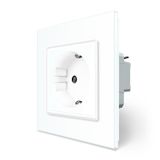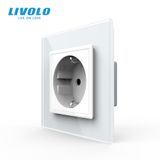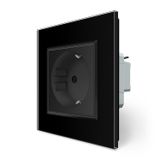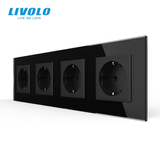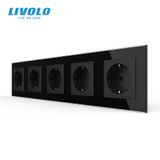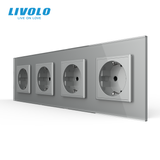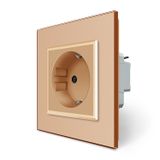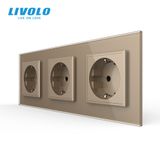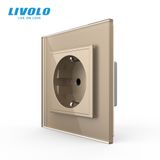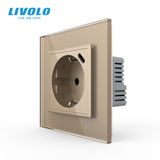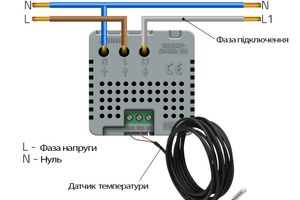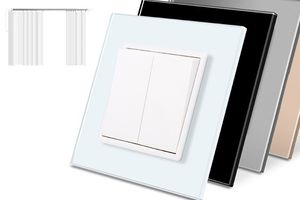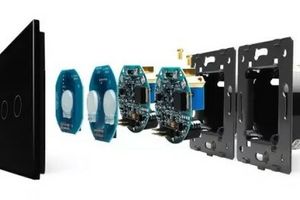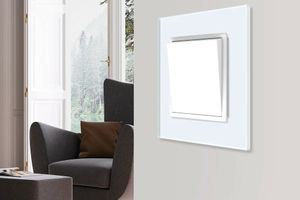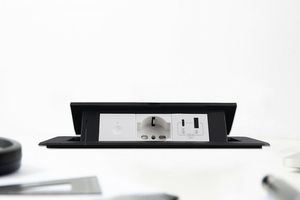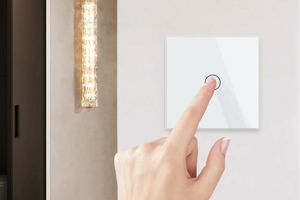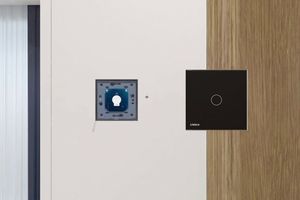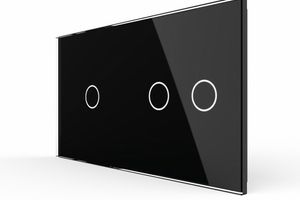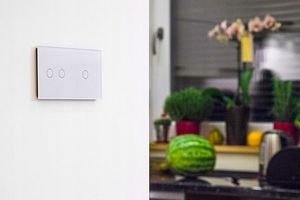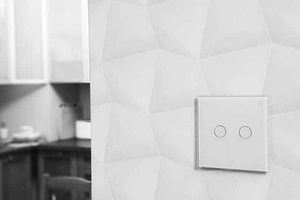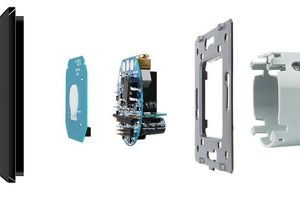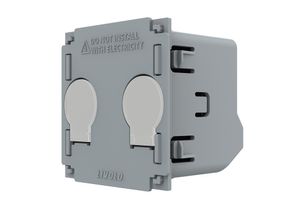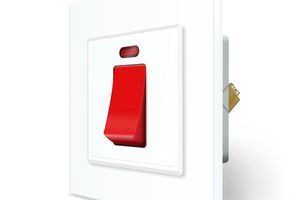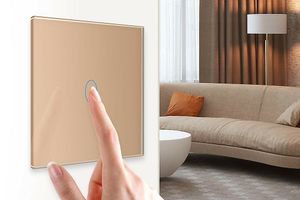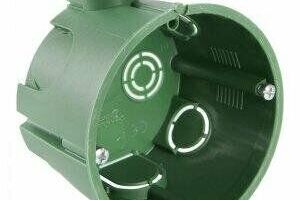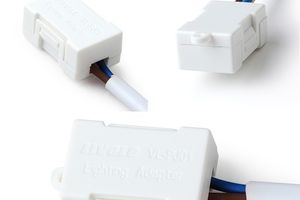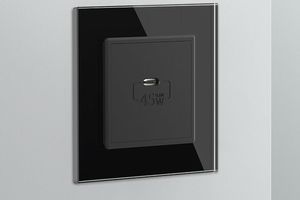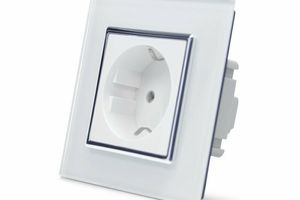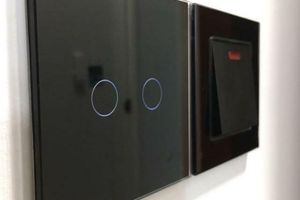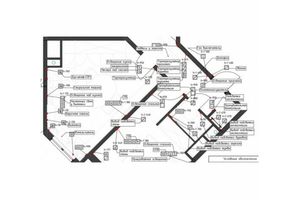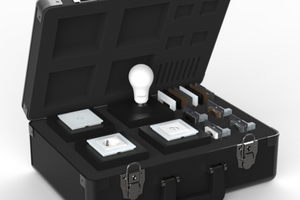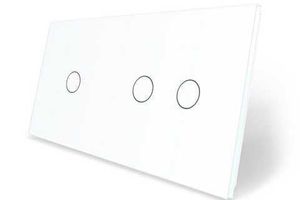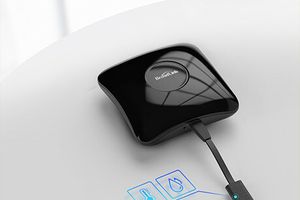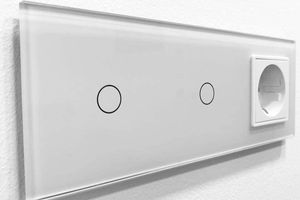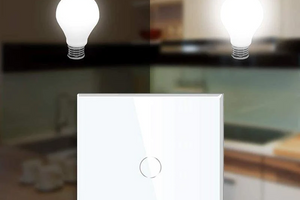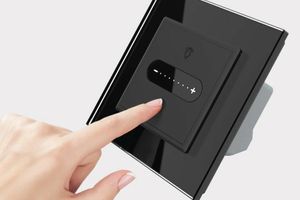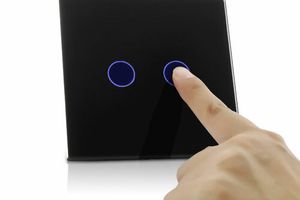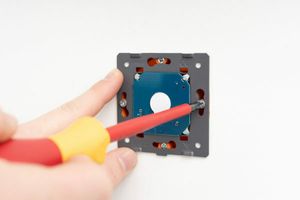In electricity, there are several basic terms that are very common: phase, neutral, and ground. These terms are crucial for the correct and safe operation of electrical devices. Therefore, it is helpful to understand what phase and neutral mean.
Of course, if you are an electrician, you are undoubtedly familiar with these terms. Our article is more for those who do not have experience in electricity but have decided to replace an outlet, hang a light fixture, or repair something themselves without calling a specialist.
Understanding these designations is important to correctly connect wires, not to mention the safety and other aspects involved.
What Are These Concepts and What Do They Mean?
Phase: This is the wire that conducts alternating voltage in an electrical system. Typically, its potential is lower relative to the neutral potential and other phases. The phase represents the active element of the electrical circuit, supplying electrical devices with energy. Wires for the phase are often color-coded, such as brown or black.
Neutral: This is also a conductor of alternating voltage but with zero potential relative to the ground. It serves to return current and close the electrical circuit. The neutral wire is usually marked with blue. In some countries, this wire may be referred to as the neutral wire.
Ground: This is a conductor or metal structure connected to the earth or ground surface. It ensures safety during short circuits or other electrical system malfunctions by preventing dangerous voltages on the cases of electrical devices. Ground is also used for grounding. This conductor can be marked with yellow or green.
Designation of Phase, Neutral, and Ground
In addition to color coding, in Ukraine and Europe, these wires are also designated with Latin letters. How are phase and neutral indicated? Often on diagrams for connecting outlets or switches, you can find the following designations:
- Phase is indicated by the letter L.
- Ground is indicated by the combination of letters PE.
- Neutral is indicated by the letter N.
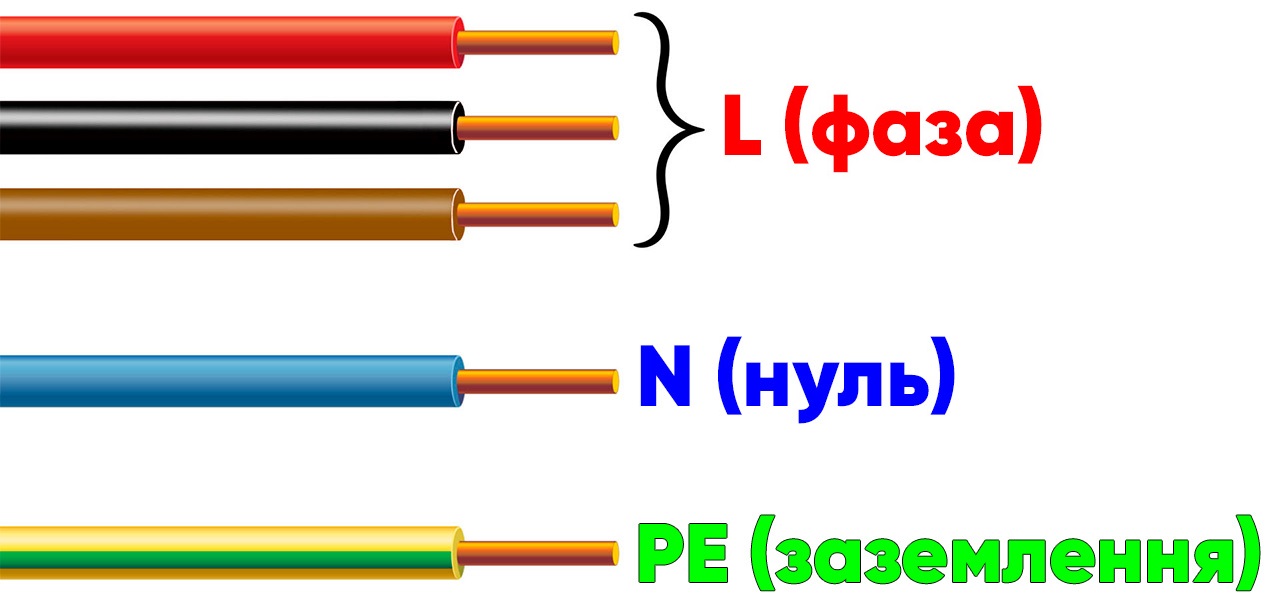
Therefore, if you encounter these letters, you will know how phase, ground, or neutral wires are designated. It's worth noting that in other countries, this marking may differ.
For example, in America, the alphabetical designation for phase and neutral is the same as ours, but the color coding is different. In the USA, neutral is marked with white color, and ground may be bare copper.
Identifying Conductors: How to Do It Right?
Correctly identifying all three conductors is crucial during installation and repair of any electrical equipment. This can be done using several straightforward methods.
Determining the Phase
How do you determine the phase? This is a question frequently asked by homeowners when checking voltage or connecting various electrical appliances. Firstly, you can do this visually using the markings we mentioned earlier. However, if you're unsure of your knowledge and hesitant to rely solely on this method, there's another method you can use.
The phase can be accurately determined using a special tool — an indicator. It's important to pay attention to its polarity. During voltage measurements, the phase will have voltage, while the neutral will remain neutral.
Finding the Neutral
If you've already familiarized yourself with finding the phase, you should understand that finding the neutral is practically the same. You can also use markings, which is the simplest method.
Locating Grounding
Finding the grounding is similarly straightforward, as you can identify this wire simply through the process of elimination. If you've already found the phase and neutral, logically, the third wire should be the ground. Additionally, you can again pay attention to the color of the wire or its alphanumeric designation.
Finding Phase, Neutral, and Ground Using Basic Tools
If you're not accustomed to trusting markings and don't have an indicator, you can still determine or verify which wire is which using some other methods.
The first option is a test screwdriver. This simple and straightforward tool is found in almost every household and is very helpful for electrical work. It's easy to use — when the tip of the screwdriver touches a live wire and you simultaneously touch the contact on the tool, the indicator lights up.
This indicates the presence of voltage, meaning you've found the phase. The resistance in the screwdriver allows for safe testing, minimizing current to a minimum level. The second option is a test lamp. However, this method is less informative and safe compared to the others. It's better used for checking and verifying completed work.
You connect the wires one by one to the lamp. If it lights up, the wire is live; if not, the phase is likely absent, though this isn't always the case — the neutral could be missing instead.
As you can see, there are several ways to check and protect yourself from electric shock. You can choose the most suitable method for you or simply seek assistance from an electrician.
When and Why is Finding Phase, Ground, and Neutral Necessary?
The question of identifying where the phase, neutral, or ground is located may arise in various situations, including:
- Installing new electrical equipment, lights, sockets, or switches.
- Performing maintenance or repairs on existing electrical systems.
- Using specialized safety devices like residual-current devices (RCDs).
Understanding what phase, neutral, and ground are, and knowing how to correctly identify them, ensures the safety and proper operation of all electrical devices in the home.
Phase, neutral, and ground are fundamental concepts in electrical engineering, crucial for the correct functioning of electrical devices. Knowing their locations may be necessary for carrying out different electrical tasks. Always observe safety precautions when working with electricity, including learning how to identify phase, neutral, and ground.
If you've read this article, you likely have a current interest not only in installing electrical equipment but also in purchasing it. You can purchase quality, modern, and stylish electrical equipment for your home or office by visiting the Livolo online store.
There, you'll find a wide range of sockets, switches, sensors, lights, and accessories at reasonable prices. Contact them and you won't regret it!
















































